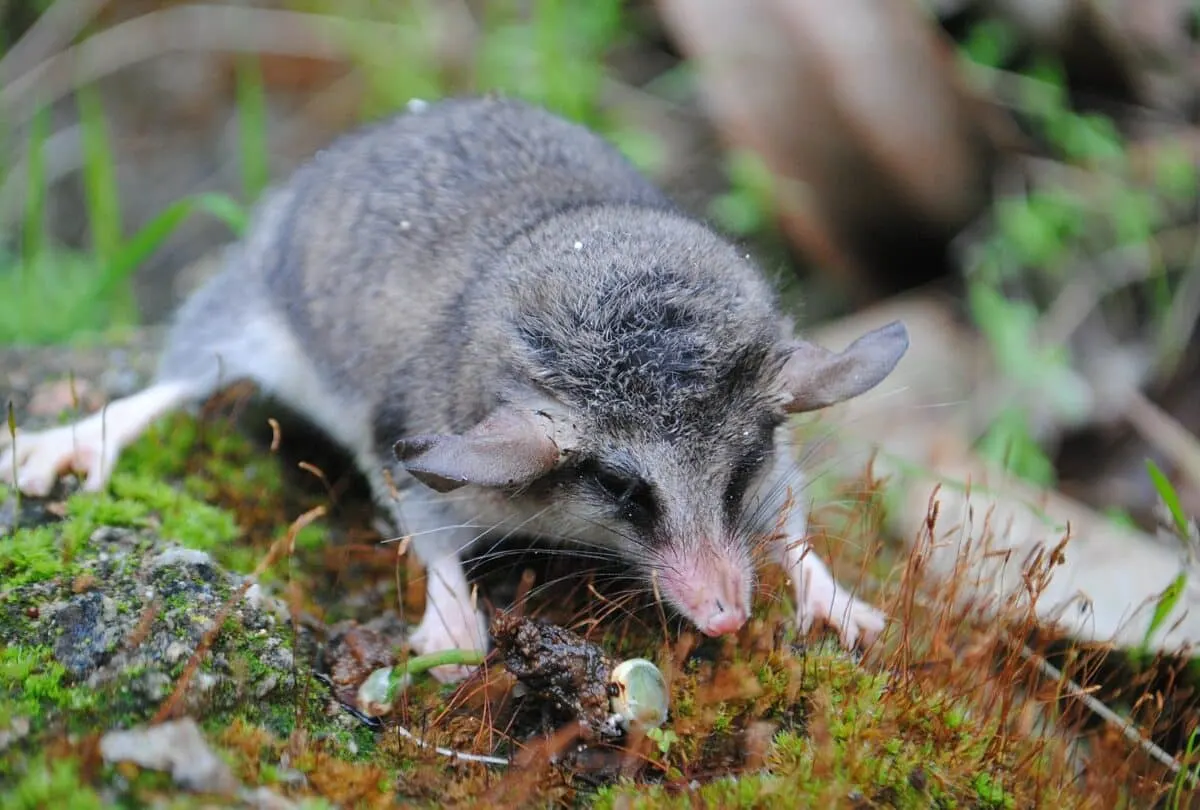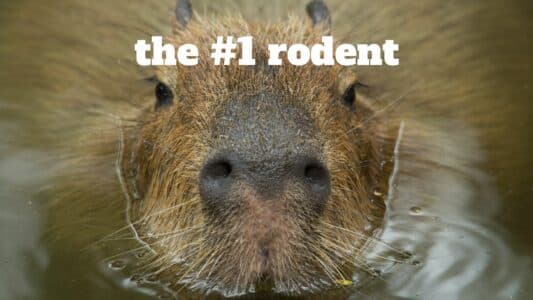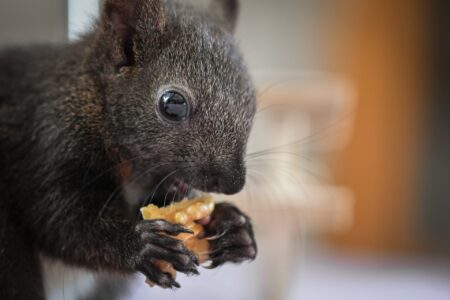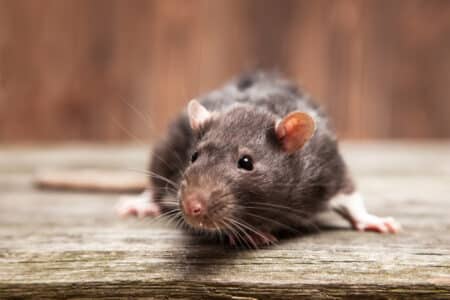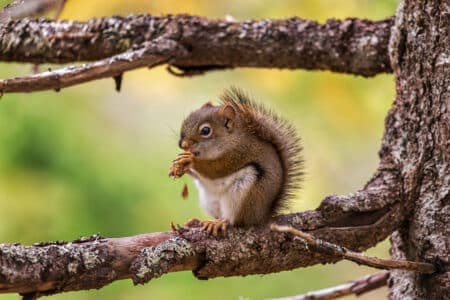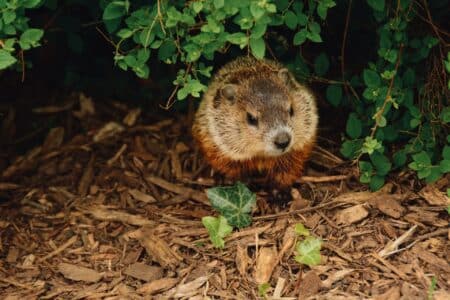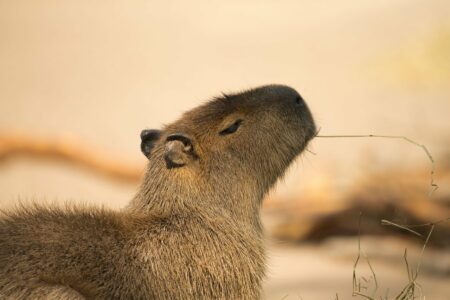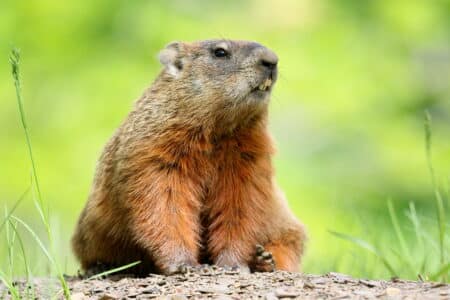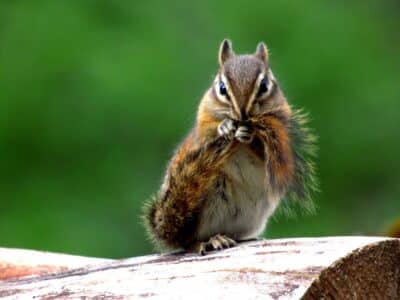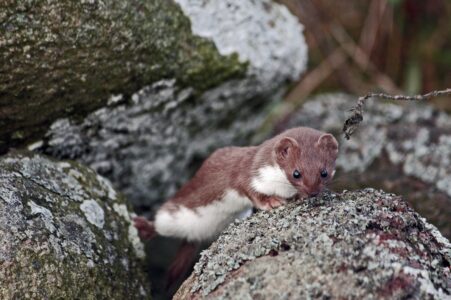Did you know the name rodent means to gnaw? It’s very fitting for a group of animals that seem to be able to chew through just about anything!
In many parts of the world, the name rodent has a negative connotation. However, the over 2,050 species in this group play a massive role in their various habitats. These small yet robust creatures are characterized by their ever-growing incisor teeth, present in both their upper and lower jaws. These sharp teeth allow them to gnaw at food (and other things), dig their burrows, and even defend themselves.
Throughout my childhood, my friends always had hamsters as pets. I remember begging my mom for one but she refused – today I know she has a slight fear of anything smaller and faster than her. So, as my visits to my hamster-having friends became more frequent, my intrigue with the group called rodents grew. Join me in exploring more about these robust gnawing creatures!
Read the entire article on Rodents, or jump to any section below.
Overview of Rodents
Do you recognize the rodent in the image below?
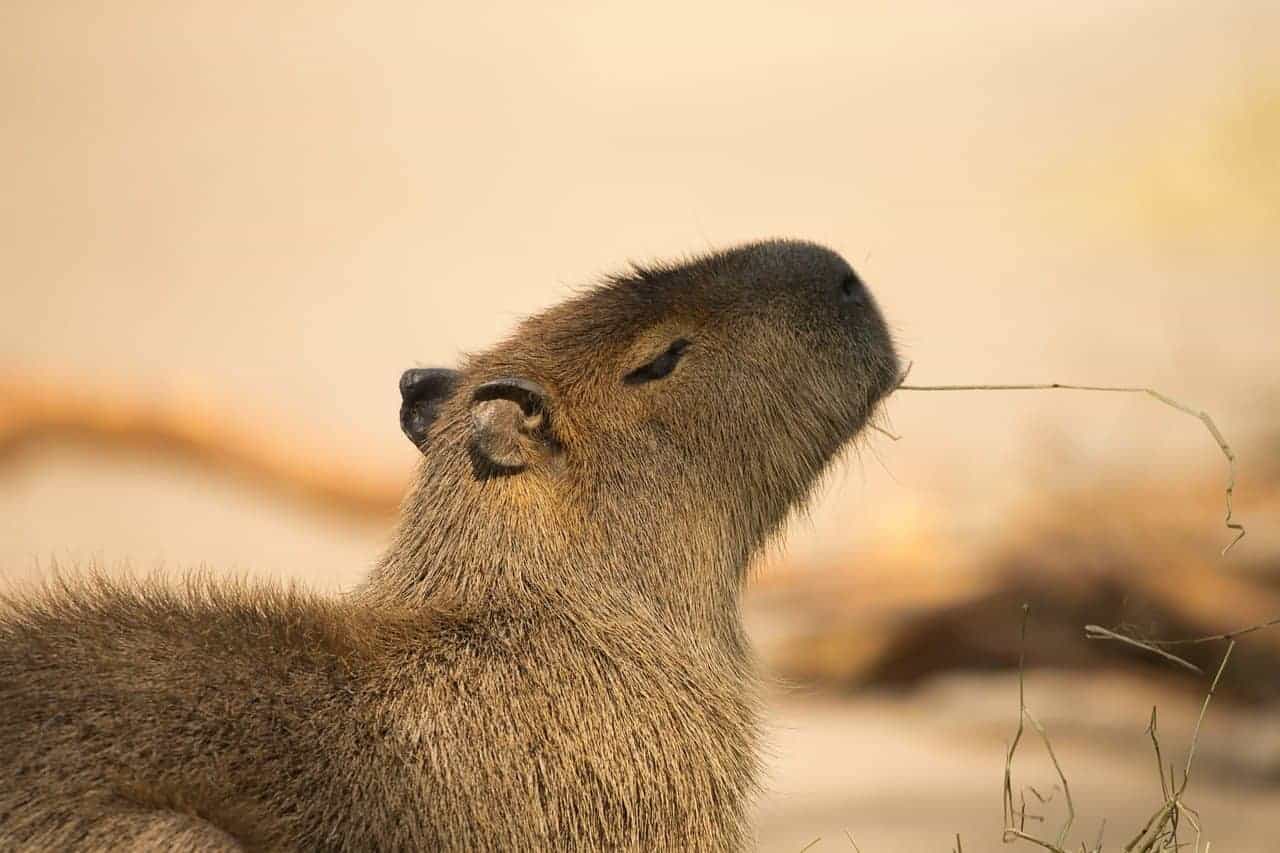
50 Types of Rodents
- House Mouse
- White-footed Mouse
- African Pygmy Mouse
- African Grass Rat
- Cape Porcupine
- Eurasian Beaver
- Muskrat
- Common Vole
- Kangaroo Mouse
- Kangaroo Rat
- Blesmol
- Capybara
- Tree Squirrel
- Springhares
- Gophers
- Patagonian Cavies
- Golden Hamster
- North American Beaver
- Botta’s Pocket Gopher
- Four-toed Jerboa
- Asiatic Long-tailed Climbing Mouse
- Field Mouse
- Gambian Pouched Rat
- Greater Capybara
- South African Springhare
- Guinea Pig
- Chinchilla
- Rock Hyrax
- Lemming
- Cotton Rat
- Water Rat
- Deer Mouse
- Hamster
- Naked Mole Rat
- Chipmunk
- Marmot
- Prairie Dog
- White Spined Atlantic Spiny Rat
- Greater Cane Rat
- North American Porcupine
- Crested Porcupine
- Norway Lemming
- Maned Rat
- Brown Rat
- Dark Kangaroo Mouse
- Coypu
- Patagonian Mara
- Pacarana
- Indian Crested Porcupine
- Lesser Capybara
How Many Rodent Species Are There?
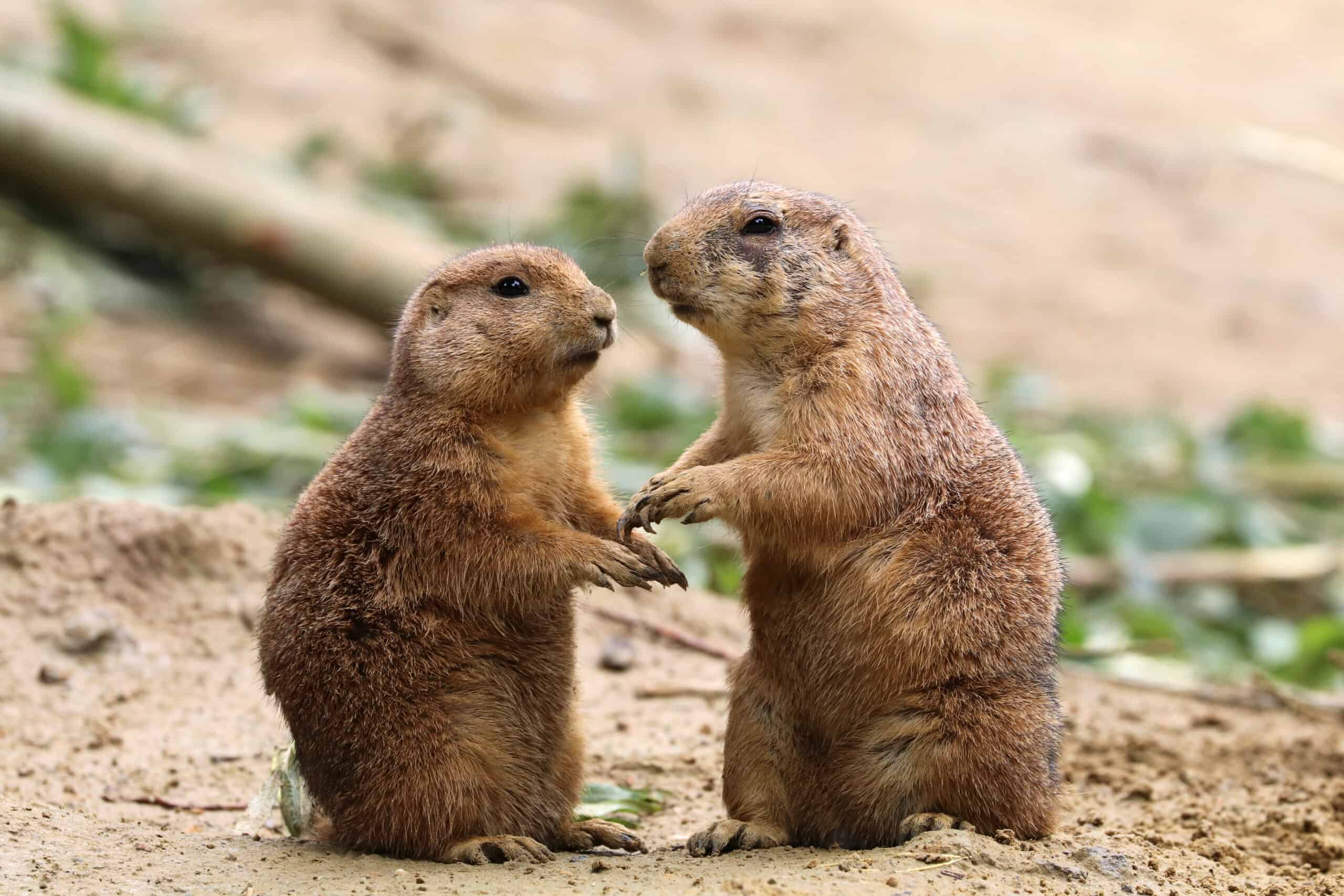
Rodents make up about 40% of the world’s mammals! With over 2,050 species known today, this group can be found on every continent and habitat except Antarctica. Identified by their single pair of upper and lower ever-growing incisors, the most widely known rodents include hamsters, mice, squirrels, rats, porcupines, and beavers.
As mentioned, rodents can be found everywhere! Many rodent species are adapted to live in trees, others in burrows; some leap on their hind legs or even live semiaquatic lives like beavers.
Rodents are social animals and often live in large groups and communicate with each other in many different ways. Can you think of any other rodent species?
Where Do Rodents Live?
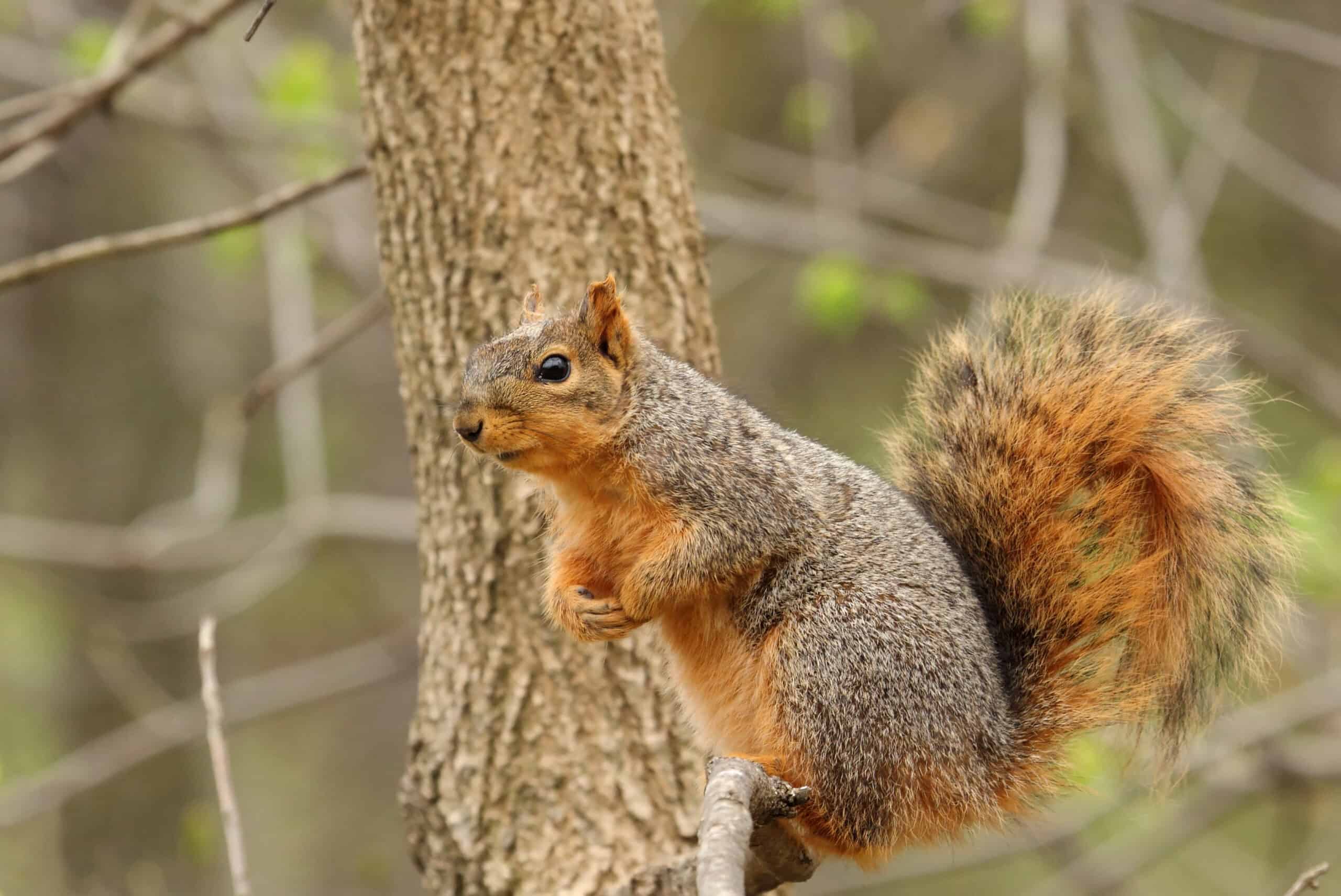
We’ve mentioned before that rodents can be found worldwide except Antarctica. Let’s look at some of the habitats these gnawing creatures thrive in.
- Burrows: Many rodent species dig burrows to live, nest, and rest in with their sharp teeth. These burrows they form also help aerate the soil, adding to its fertility.
- Aboreal: Rodents, like squirrels, live their lives in trees. Some, like flying squirrels, are even adapted to soar when they jump!
- Water: The beaver is an example of a semiaquatic rodent that spends much of its time in rivers, ponds, lakes, and marshes building dams.
- Urban areas: Rodents thrive in human-populated areas, as buildings and underground pipe systems provide them with safe lodging and ample food sources.
Learn More About Rodents
Most Popular Rodent Species
| Common name | Scientific Name | Size | Conservation Status | Fun Fact |
| Short-tailed Chinchilla | Chinchilla chinchilla | 9 – 15 inches | Endangered | They have the thickest fur of all land animals. |
| Greater Capybara | Hydrochoerus hydrochaeris | 3.5 – 4.5 feet | Least Concern | They are the largest rodent species. |
| Patagonian Mara | Dolichotis patagonum | 27.5 inches | Near Threatened | Their back feet have 3 toes and their front feet 4! |
| Cape Mole-rat | Georychus capensis | 7.8 inches | Least Concern | They get all the hydration they need from their food. |
| Naked Mole-rat | Heterocephalus glaber | 3 inches | Least Concern | Babies are born weighing less than a penny. |
| House Mouse | Mus musculus | 2.4 – 4.3 inches | Least Concern | They are great swimmers. |
| Golden Hamster | Mesocricetus auratus | 7.1 inches | Endangered | Their cheek pouches can expand. |
| Guinea Pig | Cavia porcellus | 8 – 10 inches | Least Concern | They don’t sweat. |
Why Do Rodents Multiply So Quickly?
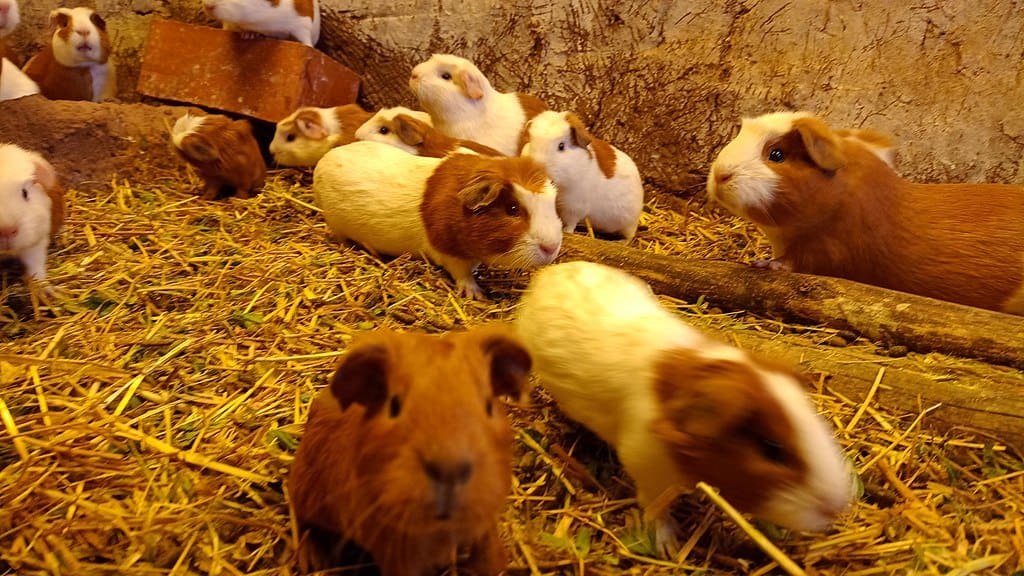
Have you noticed how quickly two rats become 22? Or when you see one mouse running through the house, you soon discover a colony? This is because of their short gestation period and large litter size.
Depending on the species, a female mouse or rat is pregnant between 18 and 22 days. She then gives birth to a litter of 6 to 12 babies. But it doesn’t stop there—she can fall pregnant again two days after giving birth and can produce 8 litters per year! This sounds like a complicated math problem, but simply put, they have many babies!
Rodent News
-

Baby Rabbits
-

Beavers – Everything You Need To Know
-

The World’s Largest (and Cutest) Rodent
-

Uncover the Reality of New York’s Subway Rats
-

The Secrets of the Adorable Baby Squirrels
-

An Examination of Rat Poop
-

Everything You Need To Know About Squirrel Poop
-

What Do Groundhogs Eat?
-

Capybara
-

Marmots
-

What Does Chipmunk Poop Tell Us?
-

Stoats
7 Rodent Facts That Surprised Me
- Rodents can’t burp or throw up! They have a specialized barrier between their stomachs and throats preventing them from throwing up.
- Rats can squeeze through crevices as small as the gap between the door and the floor.
- Mice are incredible swimmers, jumpers, and climbers.
- They always gnaw at things to shorten their ever-growing incisors!
- Many rodents get all the water they need from the food they eat, meaning they don’t drink water every day.
- Rats can laugh! They give high-pitched squeaks when experiencing joy or getting tickled.
- Capybaras can even sleep in water if they want to.
Video & Images of Rodents
Momma Rat: 15,000 Babies a Year! Source: YouTube, Channel: National Geographic.
Rodent FAQs
The largest rodent species is the Capybara, native to South America. These semi-aquatic rodents grow between 3.4 and 4.4 feet in length and weigh between 77 and 150 pounds.
Yes, we can! You could get the hantavirus if you come in contact with infected rodent urine, saliva, droppings, or nesting materials. Rodents also transmit rat bite fever, salmonella, and leptospirosis.
The naked mole rat can live for as long as 30 years when properly cared for in captivity. However, in the wild, breeding females also reach an age of around 17 years old—impressive for such a tiny creature.
Gerbils are said to be the cleanest and least smelly rodent species, making them popular pets for young children. However, even though they are easy to care for, these animals still need the proper environment to live happy lives in captivity.
The Baluchistan Pygmy Jerboa and the African Pygmy Mouse share this title. They grow to an average length of 1.7 inches and weigh a mere 0.132 ounces!
Are All Rodents Vermin?
The answer is simple – nope! Vermin is a term used to describe wildlife, typically small animals in large groups that are difficult to control and cause damage to humans. Examples of vermin include lice, cockroaches, bedbugs, mice and rats.
Okay, so yes, mice and rats are vermin and rodents. But not all rodents are vermin. Mice and rats cause damage to food supplies and furniture and even spread diseases. Other rodents, like squirrels and capybaras, are not seen as vermin as they do not cause humans harm.
So, long story short, rodents are mammals characterized by their ever-growing incisors, and some, like rats, are considered vermin.
Rodent Conservation
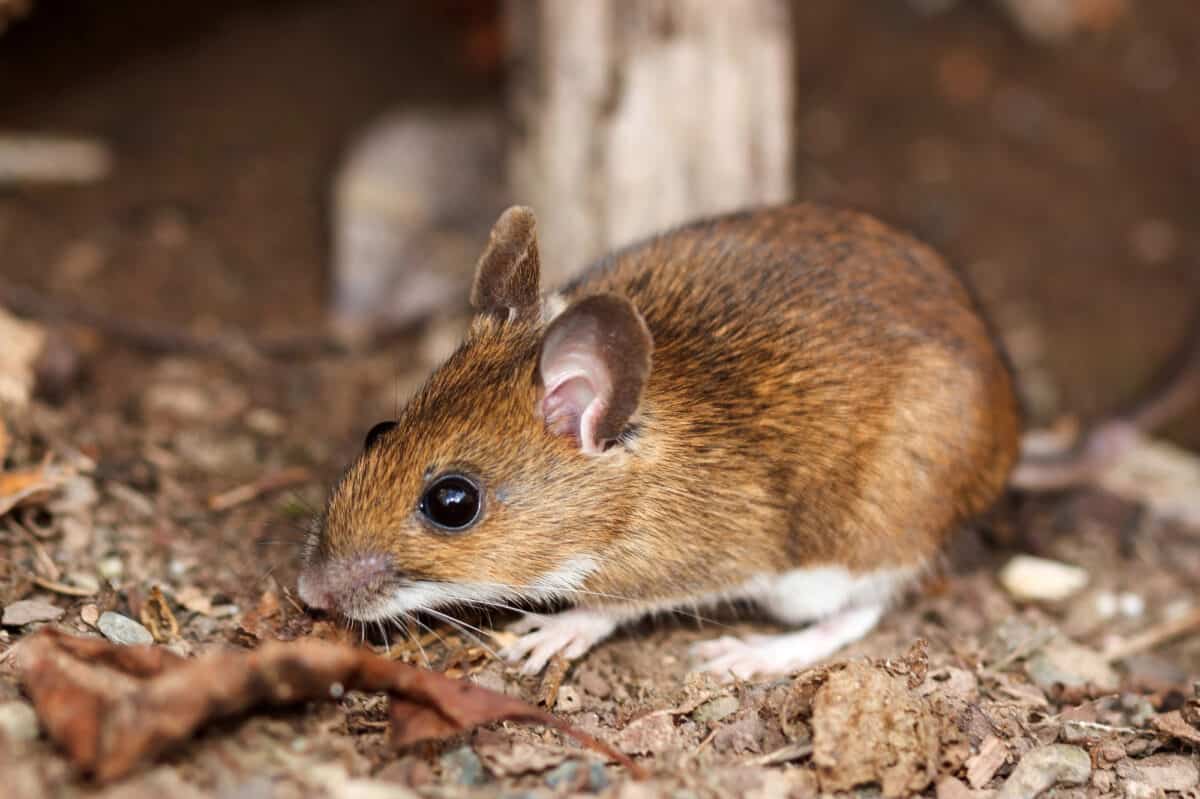
Although rodents might seem to be an abundant species, many are listed at some or other endangered level on the IUCN Red List. Their declining numbers are due to pollution, climate change, urbanization, and the illegal pet trade.
These mammals play essential roles in maintaining balanced ecosystems around the world. Many of the burrowing species add to the fertility of the soil, other species act as prey for predators, and others disperse seeds through their eating habits. Conservation efforts include educating communities about their roles in the ecosystem’s diversity, conserving their habitats, and bringing public awareness to the issues rodents face.
The first thing we can do is change our perception of rodents as being a threat to humans and see the worth of this diverse group of mammals and the important impact they have in nature.
My Experience With Rodents
Like most little kids, all I ever wanted was a pet hamster. I never did get one, but my friends had some, and I loved playing with them.
This sparked my intrigue in the group called Rodents. I was, and still am, fascinated by their ever-growing teeth. Imagine always having to gnaw on something, or your front teeth will grow too long. And their diversity! From the tiny field mouse scurrying around looking for something to eat to the beaver able to build dams and create new ecosystems in the process.
I hope the information you learned on this page will change your perception of rodents as it did mine. And you, too, gained a better understanding of their valuable roles in nature. If you have any questions, please feel free to comment, and I will get back to you.
Learn more about mammals:
Newest Category: Rodents
- Water Loving Golden Retriever Sneakily Takes Dips in the Neighbor’s Pool - July 22, 2024
- Angry Elephant Bull Charges Safari Vehicle - July 21, 2024
- Lioness Catches 6 Dogs In 7 Days From Kenya Homes – But Wives Are Happy - July 21, 2024

